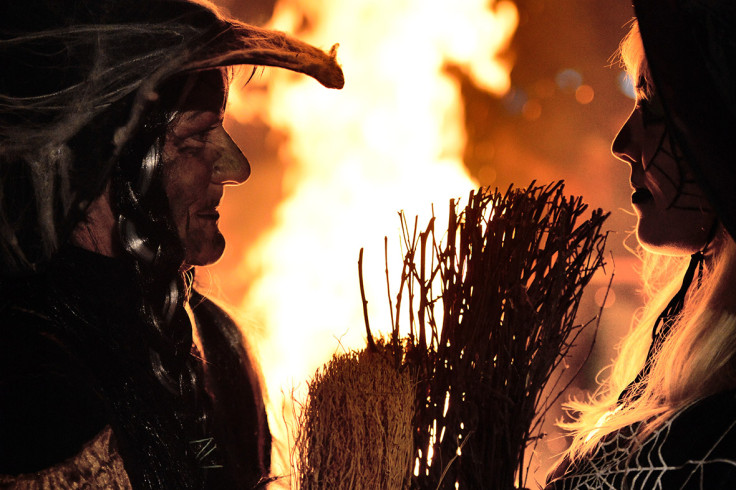Italy: Dark Ages burning of young 'witch' revealed after pit excavated

The remains of a medieval teenage girl who experts believe was treated as a witch has been found by Italian archaeologists. The female, who was aged between 15 and 17, was found at the complex of San Calocero in Albenga on the Ligurian Riviera.
The archaeologists, led by Philippe Pergola, professor of topography of the Orbis Christianus Antiquus at the Pontifical Institute of Archaeology at the Vatican, have reached the conclusion that she was considered a witch due to the nature in which she was buried. They concluded she had been burnt and thrown into a pit, with her grave covered by heavy stone slabs – a sign that people of the time thought that she still posed a threat after death.
The team believe that the girl, who stood at just 4 ft 7in tall at her time of death, was burnt in a separate location and, although they cannot be sure of whether she was alive when she was set alight, they have managed to date her death to between the 9<sup>th and 15<sup>th century. They are awaiting further radiocarbon dating results to give a more precise timeframe.
Anthropologist Elena Dellù told Discovery News: "We can't say whether she was alive or not when she was burnt. Fire attacked her body when soft tissues were still present, so it could have occurred before death or soon after.
"She was taken by her elbows and just thrown in the pit. Her head leaned on the vertical wall of the pit, so that it was bent. Indeed, her chin almost touched the breastbone."
Early analysis from the results shows that the girl suffered from porotic hyperostosis on the skull, making them soft due to an iron deficiency, as well as enamel hypoplasia, which shows signs of malnutrition as a child. The conditions were also found in a girl whose remains were discovered at the same location in 2014, who was also thought to have been accused of being a witch. The team say that they are unlikely to have been related however.
"Unfortunately the skeleton of the second girl is damaged right in those bones where scurvy can be diagnosed. However, we cannot rule it out completely given the porotic hyperostosis on the skull," Dellù said.
© Copyright IBTimes 2024. All rights reserved.






